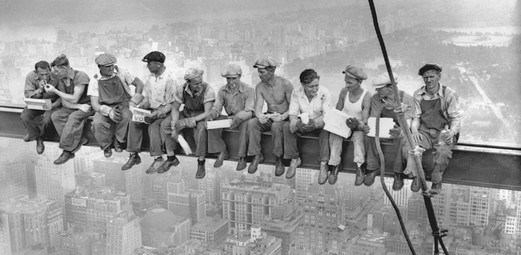The Grim New Statistic On White Working Class Mortality
A new paper authored by Princeton professors puts forward a statistic on white working class mortality that will completely shock you.
The paper, co-authored by Anne Case and Angus Deaton, and published by the Brookings Institute, found that in 1999, whites in the 50 to 54 age range who didn’t have a high school degree had a 30 percent lower mortality rate than blacks in that same age group; in 2015, the mortality rate was 30 percent higher among whites than blacks in the same age group.

Case and Deaton argue that the reasons for the sharp rise in mortality rate among the white working class include:
- A trend away from marriage and toward less stable co-habitation partnerships.
- A rise in alcoholism, suicides, and drug overdoses; what the authors call “deaths of despair.”
- Economic hardship.
According to the authors, the economic hardship aspect is the underlying reason for the rise in white working class mortality rates; they argue that these individuals have been crowded out of the labor market through automation and globalization. Case and Deaton also assert that economic growth is not the issue; it’s the disproportionate amount of wealth concentrated for top earners that is the problem. They call for strengthening the safety net.
They also write that while the heroin and opioid epidemic are symptomatic of the issues causing the rise in mortality rates among the white working class, it is not the primary driver of it.
“Ultimately, we see our story as about the collapse of the white, high school educated, working class after its heyday in the early 1970s, and the pathologies that accompany that decline,” the authors write.
While the authors seem to have thoroughly researched their data, their conclusions may be a little off the mark. It is not globalization and automation that are causing economic calamity; it’s the result of the heavy hand of the federal government, particularly with the burdensome costs it imposes with the onerous pages of regulations it issues every year.
Additionally, research shows that marriage reduces the likelihood of alcohol and drug abuse for both children and adults; therefore, it can be conjectured that the decline in marriage takes away a stable support structure people can turn to if they have been crowded out of the labor market, causing the dark turn toward drugs and alcohol to ease the pain.





